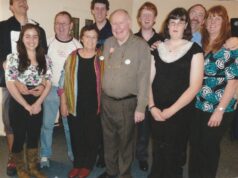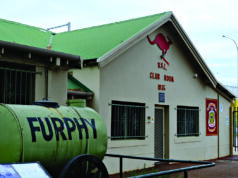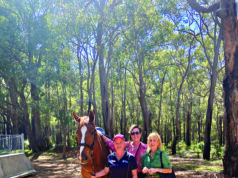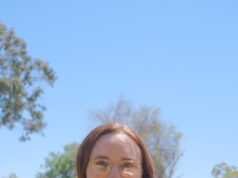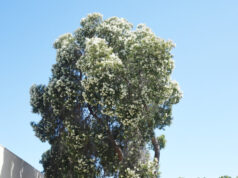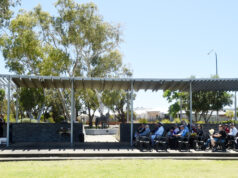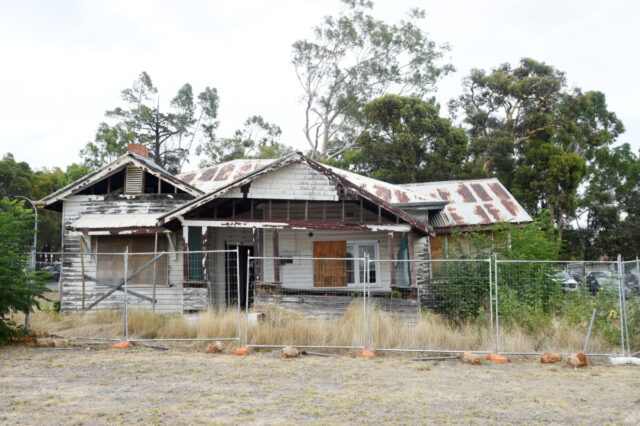
A significant piece of local forestry history in Mount Nasura has been marked for felling.
On Ecko Rd, on the edge of the Armadale Hospital grounds, lies a dilapidated old cottage whose decaying appearance belies its importance.
The single-storey timber weatherboard was built in 1933 for the then District Forest Officer, Allan Cuthbert Harris.
Mr Harris, or Bluey as he was sometimes referred to owing to his ginger mane, was initially responsible for the northern Jarrah forests from his station in Jarrahdale.
According to his obituary, Bluey was a “forceful personality, and not one to suffer fools gladly”.
“His drive and sense of vision enabled him to achieve a great deal in forestry development in Western Australia, breaking through considerable obstacles on the way.”
Among his earliest achievements was developing the use of low-intensity prescribed burns to protect regrowth Jarrah forests from summer bushfires.
Mr Harris became the state’s Conservator of Forests from 1954 to 1969.
And in the face of considerable criticism from some foresters, and perhaps controversially now, in 1954 Mr Harris was able to reverse the thirty-year state fire exclusion policy from WA forests, replacing it with 10 percent annual broad-based, rotational prescribed burning.
This approach, he argued, made firefighting easier, safer, and more effective.
And the findings of the Royal Commission into the disastrous Dwellingup fires in 1961 vindicated his policies.
After the setback from those bushfires, Mr Harris redoubled the department’s efforts in research.
And he was the driving force behind the groundbreaking use of aerial ignition for prescribed burns – a method that would go on to be adopted worldwide.
According to biographer Roger Underwood, he was “a sound administrator, and a clever and ruthless negotiator, renowned for out-manoeuvring political or professional adversaries”.
And he took his role as ‘steward’ of the forests incredibly seriously. He viewed forestry holistically, elevating the importance of conservation before it became fashionable.
Throughout his career as conservator, he was a fierce fighter against the scourge of deforestation; he was a staunch roadblock to the encroachment of farming into forested land, and was instrumental in securing the State Forest estate.
In the mid-1950s, the CSIRO established a regional research and field station on the lot beside Mr Harris’s house.
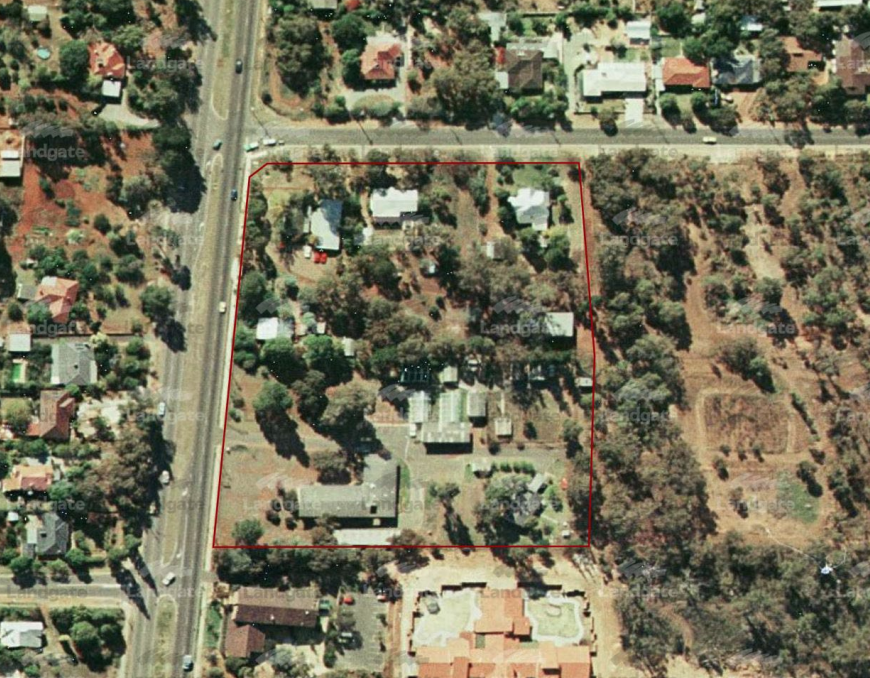
By 1975 this became a designated research laboratory and, from this humble Mt Nasura location, the Division of Forest Research successfully determined the aetiology of the fungus causing Jarrah dieback and ways to prevent its spread.
The Ecko Rd campus was used by the state government for forestry purposes until 1999.

In 2006, the land was sold to the Department of Health.
Mr Harris’ forestry cottage was heritage listed by the City of Armadale, but in 2021, the Heritage Council deemed it not significant enough to have a place on the State Register.
The hospital originally used the house for staff accommodation, but it has sat vacant for more than a decade, the surrounding buildings pulled down one by one.
Despite numerous attempts by the City of Armadale to encourage the maintenance of the forestry cottage, it has been neglected ever since.
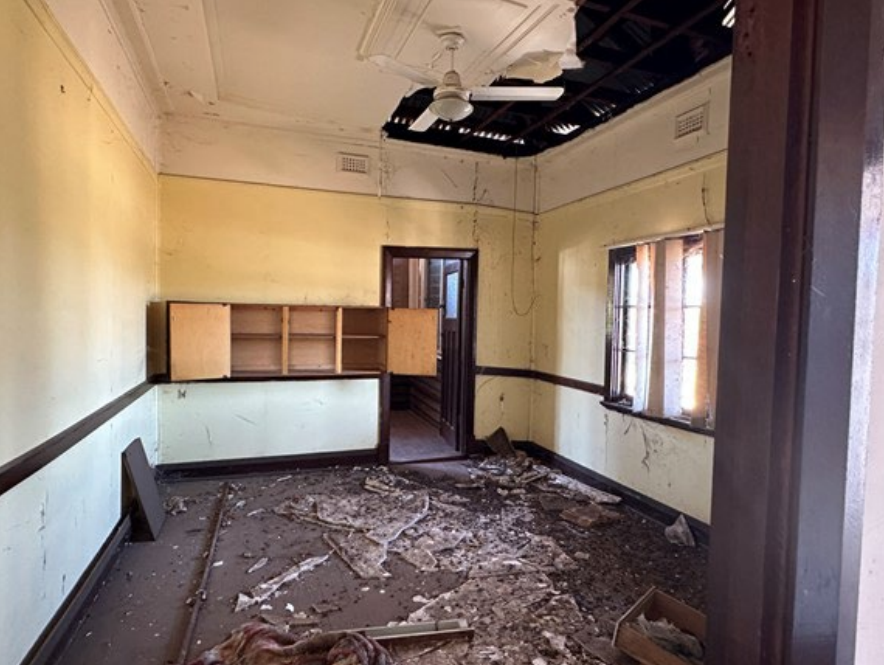
Last year, the state government sought permission to demolish the cottage to make way for a future expansion of the hospital.
A Heritage Impact Statement attached to the demolition proposal noted the building was “beyond reasonable recovery” with “serious deterioration of the corrugated iron roof, plaster board walls, ceilings and timber flooring through weathering, termites and vandalism”.
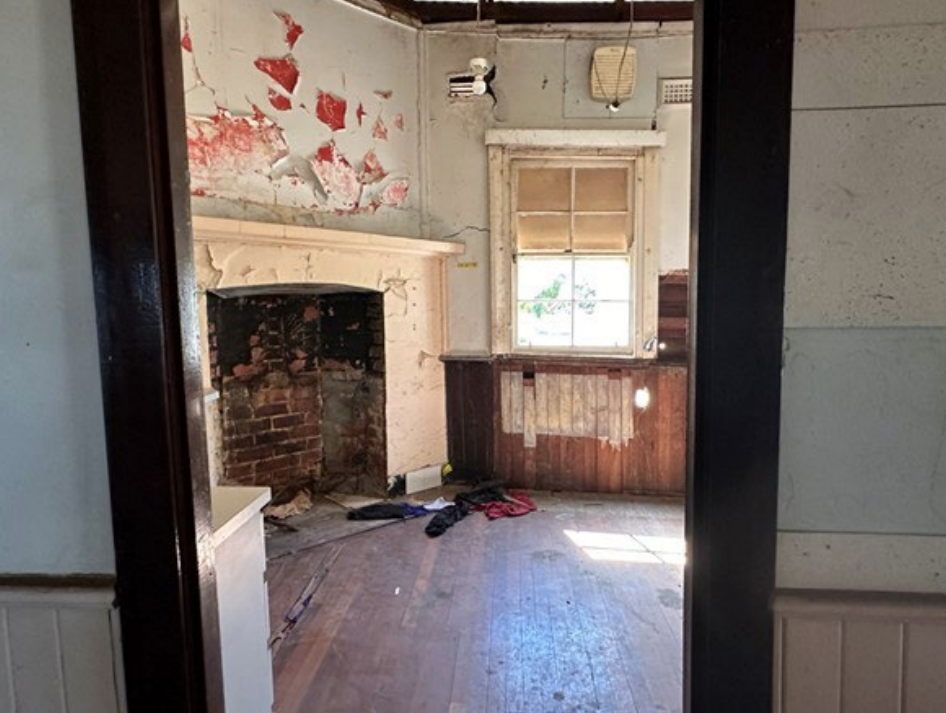
February 2024.
And with the accompanying glasshouses, and laboratories all pulled down, it was deemed the forestry cottage stood alone as merely “a fragment of this [forestry] story and in its deteriorated form no longer represents the value meaningfully”.
Local historians expressed their frustration over the wanton neglect of an important local landmark which had the misfortune of existing on prized land.
“It is disappointing to see another example of demolition by neglect, with no maintenance being carried out for well over 30 years,” the Community Heritage Advisory Group said.
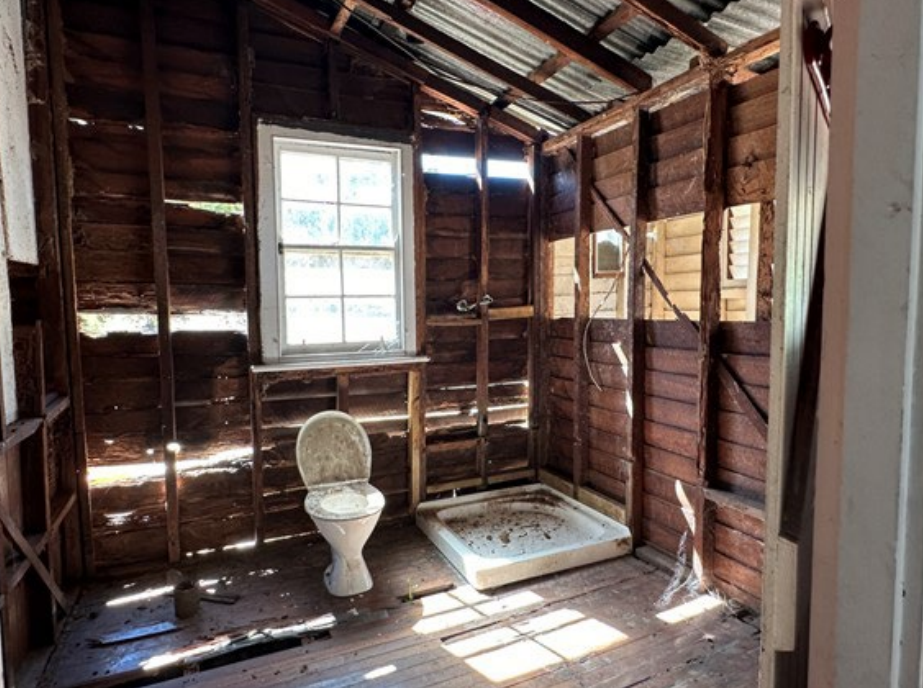
and termites have damaged the walls. Griffiths
Architects February 2024.
Despite objections by the City of Armadale, the Statutory Planning Committee has greenlighted the demolition of the cottage.
A few minor concessions were made to record the site’s historical significance, like the installation of a plaque, and an archival photographic documentation of the building.
An Armadale Health Services spokesperson said the date of the demolition has not yet been locked in, but it is imminent.
“A demolition permit has been submitted to the Permit Authority. Following approval, the demolition can proceed,” they said.
The Examiner also asked whether there were any impending plans to build on the site in line with the future expansion of the hospital, and were told that there weren’t.
“As an immediate measure, the land will be planted as parkland-cleared landscape. This is planned to be completed following the demolition of the building,” the AHS spokesperson said.





